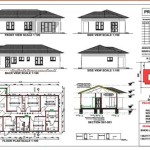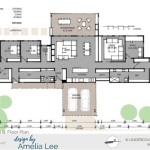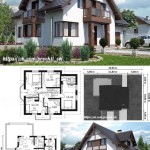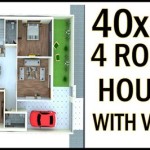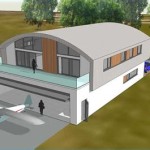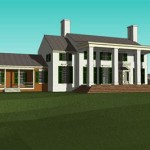Essential Aspects of School Boarding House Plans
Boarding schools provide students with a unique opportunity to live and learn in a community setting, away from the distractions of home life. For schools to provide the best possible experience for their boarding students, careful planning and design of boarding house facilities are essential.
Location and Design
The location of boarding houses on campus should be carefully considered to ensure that students have easy access to academic buildings, dining halls, and other amenities. The design of the houses should be both functional and aesthetically pleasing, creating a welcoming and comfortable environment for students.
Room Arrangements
Boarding houses typically offer a variety of room arrangements to accommodate different student needs. Single rooms provide privacy and quiet study space, while double or triple rooms encourage socialization and collaboration. Schools should carefully consider the mix of room types to create a balanced and supportive living environment. It's also important to ensure that all rooms are equipped with essential furnishings, such as beds, desks, and storage space.
Common Areas
In addition to individual rooms, boarding houses should provide ample common areas for students to socialize, study, and relax. These spaces should be designed to foster a sense of community and provide a variety of activities for students to engage in. Common areas may include lounges, game rooms, study spaces, and outdoor recreation areas.
Dining Facilities
Boarding schools typically provide meals for their students in a central dining hall. The dining hall should be designed to accommodate the number of students and offer a variety of healthy and nutritious food options. Schools should also consider the possibility of providing special meals for students with dietary restrictions or allergies.
Staffing and Supervision
Boarding houses require adequate staffing and supervision to ensure the safety and well-being of students. Houseparents or resident assistants typically live in the houses and provide support, guidance, and supervision to students. Schools should also establish clear policies and procedures for student safety and behavior.
Sustainability and Energy Efficiency
Boarding houses should be designed and operated in a sustainable and energy-efficient manner. This can include using energy-saving appliances and lighting, incorporating natural light into the design, and implementing recycling programs. Schools should also consider the use of renewable energy sources, such as solar panels or geothermal heating, to reduce their environmental impact.
In conclusion, careful planning and design of school boarding house plans is essential to create a supportive and enriching living environment for students. By considering the essential aspects discussed in this article, schools can ensure that their boarding facilities meet the needs of their students and provide them with a positive and memorable experience.

Building A House School Design Boarding Dorm

Basement And First Floor Plans Tuba City Boarding School Manuelito Hall Navajo Reservation Main Street West Cedar Avenue Coconino County Az Library Of Congress

Basement And First Floor Plans Tuba City Boarding School Manuelito Hall Navajo Reservation Main Street West Cedar Avenue Coconino County Az Library Of Congress

10 Boarding School Ideas Architecture Plan How To Floor Plans

10 Boarding School Ideas Architecture Plan How To Floor Plans

Simple Boarding House Design Building Plans Designs Minimalist

Gallery Of Bioclimatic And Biophilic Boarding House Andyrahman Architect 19 Hostels Design Home Floor Plans

Pin By Kim Drake On Boys Room X 5 School Floor Plan Plans House

7x20 Meter Boarding School Building Ground Floor And First Plan Dwg File Cadbull

Archshowcase Bzl Boarding School By Herbertarchitekten
Related Posts

